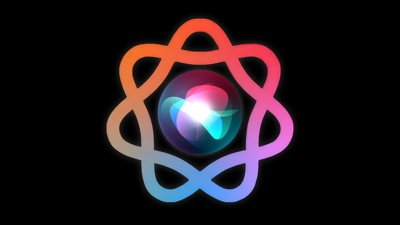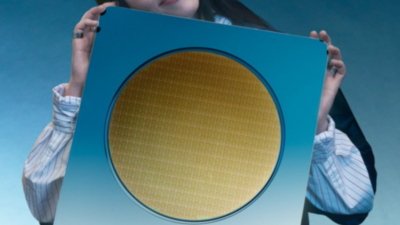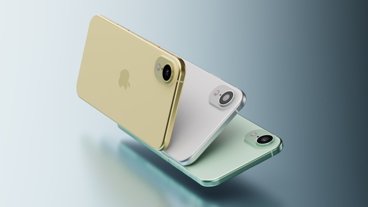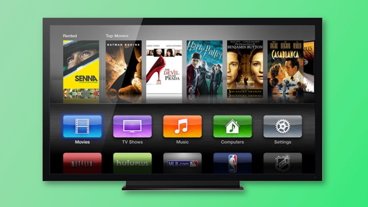Recent versions of iOS have been found to contain references to Li-Fi, an experimental high-speed wireless networking protocol that uses pulses of light to transmit data and is being marketed as a long-term replacement for Wi-Fi.
Beginning with iOS 9.1, the operating system's library cache file makes mention of "LiFiCapability" alongside other hardware and software capability declarations. The change was spotted by Twitter user Chase Fromm and independently confirmed by AppleInsider.
Li-Fi works in a way not entirely unlike a traditional infrared remote control. Data is transmitted by rapidly modulating a light source, and received with a light sensor before being reassembled into an electronic signal.
Unlike your television remote, Li-Fi uses visible light and the modulation happens in a manner imperceptible to the human eye: that means the same bulb that lights your hallway can act as a data access point. It's also much faster, with theoretical throughput capacity of up to 224 gigabits per second.
Li-Fi is still in the experimental phase, but a number of companies are working to commercialize the technology. At least one firm, India-based Velmenni, has already begun real-world testing.
In addition to the software references, Apple is known to be working on hardware implementations for light-based wireless data transfer, or optical wireless communication.
A patent application filed in 2013 and assigned to Apple describes a method of "optical modulation using an image sensor." The sensor in question could be switched between image capture and data capture modes, allowing for light capabilities without adding additional hardware.
Apple envisions this particular system being used for indoor location, but the general principle is the same as more high-bandwidth applications.
Thanks to Sebastian for the tip.
 Sam Oliver
Sam Oliver








 Andrew Orr
Andrew Orr
 Christine McKee
Christine McKee
 Sponsored Content
Sponsored Content
 Wesley Hilliard
Wesley Hilliard
 AppleInsider Staff
AppleInsider Staff

 Amber Neely
Amber Neely









56 Comments
http://techcrunch.com/2015/11/29/li-fi-probably-wont-be-the-new-wi-fi-for-most-people/
"While Li-Fi does come with the advantage of not interfering with radio signals, a lot of the benefits are overpowered by the simple fact that visible light cannot travel through walls, an essential factor which gives old-school Wi-Fi a huge advantage. This line-of-sight limitation does make the system more secure and gives better control over emissions, but it’s unclear what the minimum distance for signal reception would be if clear line-of-sight is achieved. With that in mind, it is easy to imagine the signal being intercepted by someone with a telephoto lens and an optical sensor tuned appropriately."
It may make a nice connectivity option for certain uses and given the right conditions, but wi-fi isn't going anywhere anytime soon.
Li-fi is a bust even before it becomes anything. The line of sight requirement is instant death.
Could this be a replacement for Bluetooth? Headphones?
I don't see how it wouldn't by asymmetric. It's fine to have all the ceiling mounted LED bulbs flickering away at high speed but I haven't seen an explanation of how data gets on to a network from the device.
It is kind of like Tesla's idea of transmitting power from a very large tesla coil through the air. It also the ideal that Power utilities would transmit data over power lines they were going to provide high speed data to people homes through your power lines until one realize people would screw up and tough I voltage lines. These are all good ideas, until you realize how impractical it is.
Anyway, neat idea, but I think is will come with lots of lamination yet to be proven out. As it was noted, Light line of sight, radio waves and pass through most anything.